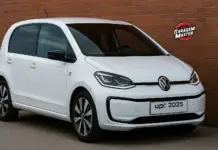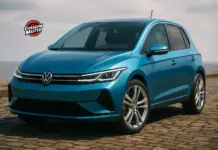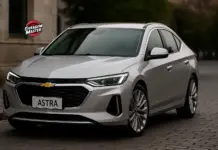Have you ever imagined a vehicle that combines economy, practicality and a price so affordable that it could be mistaken for the value of a motorcycle? Bajaj Qute, manufactured by India's Bajaj, is exactly that. Sold for less than R$ 20 thousand and with consumption of 35 km/l, it challenges the traditional concept of a car, being officially classified as a ATV.
Although Bajaj is known in Brazil mainly for its motorcycles, where it debuted in 2022, in India it goes further, offering the Qute, which combines features of a motorcycle and a car. With compact dimensions, a low-displacement engine and an extremely competitive price, the Qute promises to be an economical and functional solution for emerging countries. But does it fulfill this role?
A story of innovation and accessibility
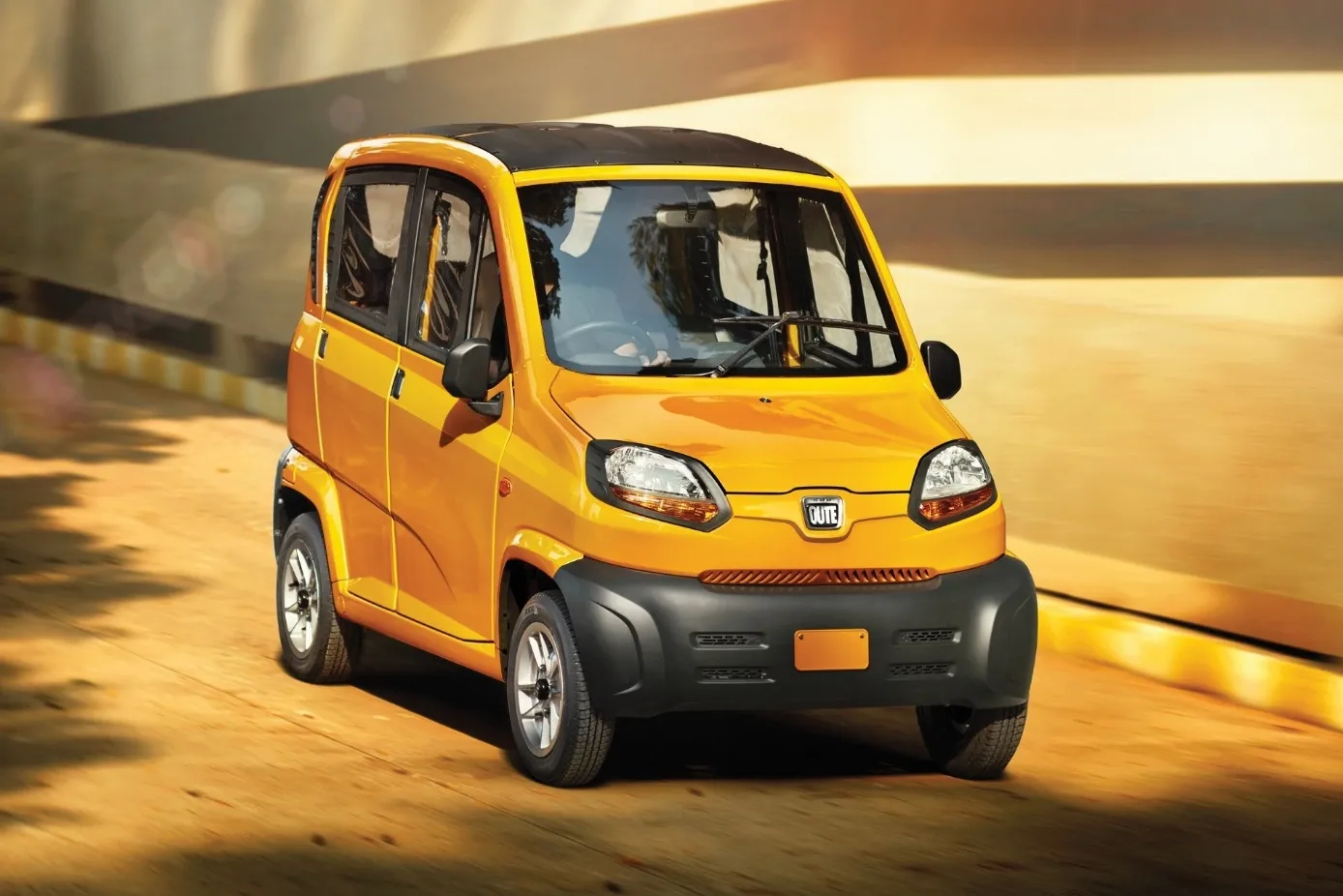
Officially released on 2013, the Bajaj Qute was slow to enter production due to the need to meet Indian regulations for quadricycles. Its production for export began in 2017, but only in 2019 It started to be sold in the Indian market, after the government finally released its registration.
Bajaj's goal with the Qute was simple: to replace the traditional rickshaws, very popular vehicles in India, but with minimal protection for passengers. Rickshaws, which can be motorized tricycles or even human-powered, are widely used as taxis in Indian cities.
With the support of Renault and of the Nissan In its development, the Qute has become a safer and more comfortable option. Equipped with doors, it offers greater protection to passengers compared to rickshaws. In addition, it has two cargo compartments: a front trunk of up to 20 kg and another internal with 191 liters of capacity.
Compact design and dimensions
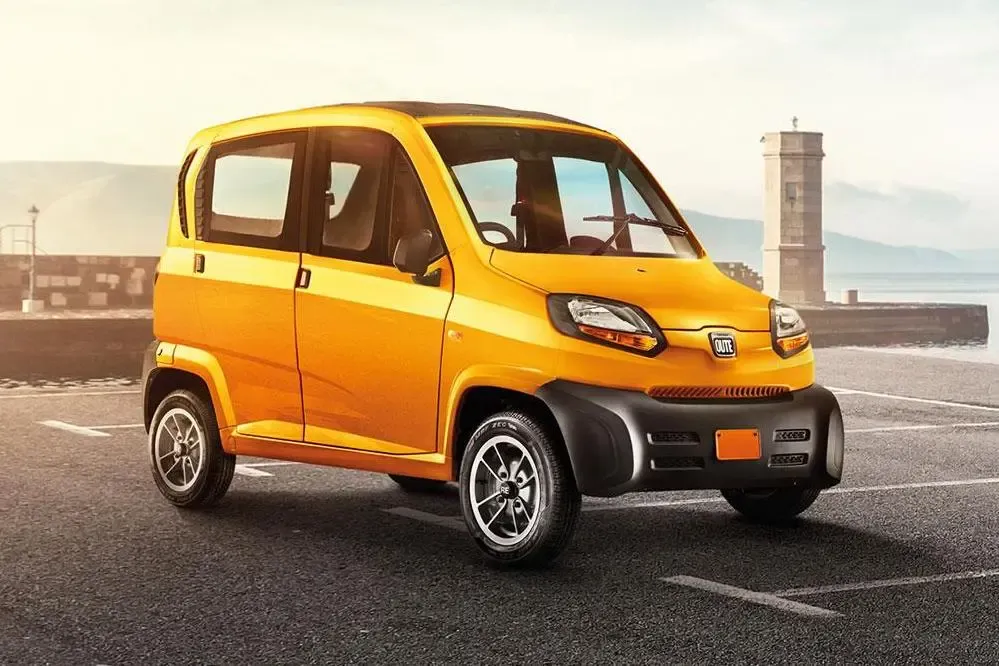
If you are used to traditional cars, the Bajaj Qute may seem too small. With 2.75 meters long, 1.31 meters wide It is 1.65 meters tall, it is extremely compact. Its weight, of only 400 kg, reflects its lightweight structure: a tubular chassis covered by a plastic fairing.
This minimalist design is perfect for narrow, congested streets like those found in major Indian cities. But the small size also has its limitations, especially when it comes to comfort and interior space.
A motorcycle engine for a compact car
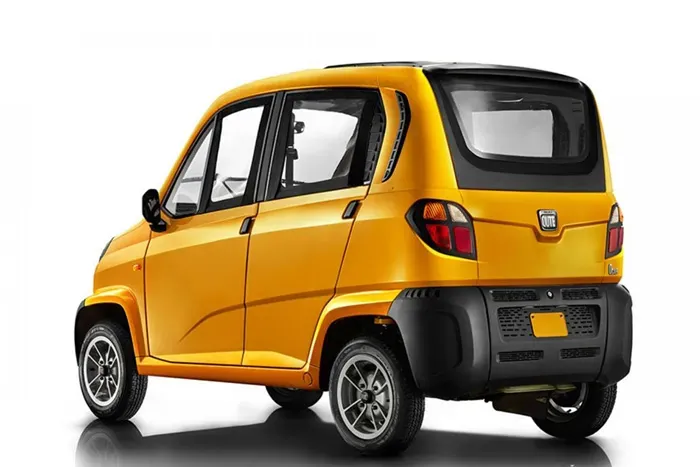
The heart of the Qute is a single-cylinder engine 217 cm³, derived from Bajaj motorcycles. It generates 20 hp of power and is coupled to an automated gearbox 5 gears, installed at the rear of the vehicle.
With this set, the Qute reaches a maximum speed of 70 km/h, ideal for urban travel. But the highlight is the consumption: 35 km/l with gasoline, an impressive figure that places it among the most economical vehicles in the world.
In addition to the petrol version, the Qute is also offered with engines adapted for LPG (Liquefied Petroleum Gas) It is CNG (Compressed Natural Gas). In these versions, the power is reduced to 14 hp, but the operating cost is even lower.
Affordable price: one of the cheapest in the world
In India, the Bajaj Qute costs around $2,900, which is equivalent to approximately R$ 19 thousand. This amount is only slightly higher than the price of a Bajaj rickshaw, which departs from $2,800 (R$ 17.300).
This competitive price makes it one of the most affordable options for motorized transportation in the world. However, the low cost also reflects the vehicle's limitations, such as its simplified finish and the absence of many features found in conventional cars.
Challenges and market acceptance
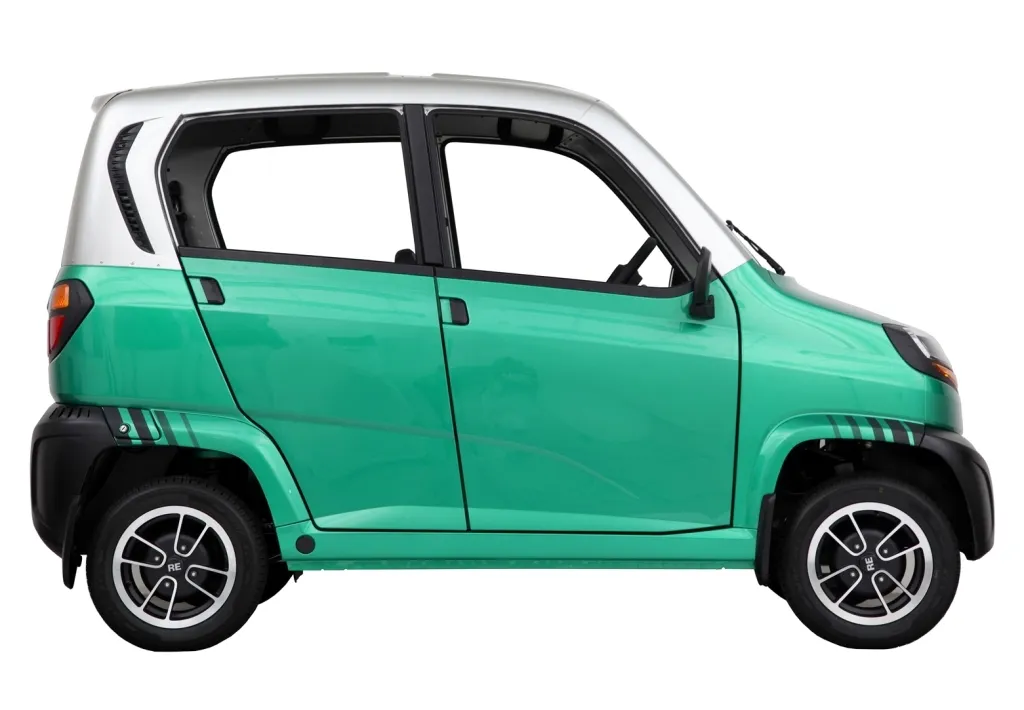
Despite its qualities, the Bajaj Qute is struggling to win over the Indian public. In five years, only about 3,600 units were sold in India. This number is small, especially considering the country's huge population and the potential market for fuel-efficient vehicles.
On the other hand, exports have been more successful, with more than 31,500 units sent to countries like Türkiye, Ghana, Egypt, Guatemala It is Mexico. In these regions, Qute is valued as a cheap and efficient alternative for urban transport.
Why hasn't Qute arrived in Brazil yet?
Although the Qute has the potential to become a popular vehicle in countries like Brazil, it faces regulatory barriers. In Brazil, there is no specific category for quadricycles like the ones in Europe and India. Therefore, its homologation as a passenger vehicle would be complicated.
Furthermore, the demand for such vehicles in Brazil is still uncertain. Although the Qute’s price and fuel consumption are attractive, many Brazilians may prefer to invest in motorcycles or used cars, which offer more power and comfort.
The Future of Accessible Transportation
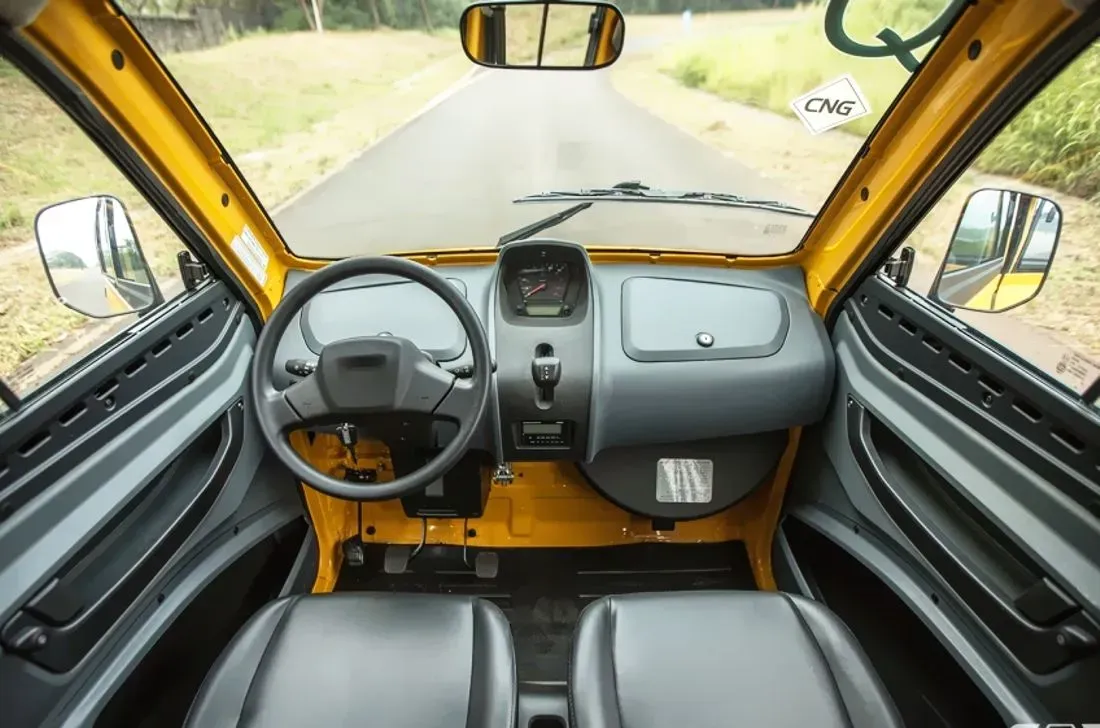
The Bajaj Qute is a creative solution to the challenges of urban transportation in emerging countries. With its affordable price, low fuel consumption and compact dimensions, it offers a viable alternative for those seeking economy and practicality.
However, its limited acceptance in India and other markets shows that, although innovative, it still needs to overcome prejudices and cultural challenges.
For those of you looking to understand the trends in accessible transportation, the Qute is a fascinating example of how automakers are adapting their products to local needs. Whether in India or abroad, it represents a step towards more economical and sustainable solutions for urban transit.
With the increasing popularity of electric microcars In China and other markets, the Bajaj Qute may face even more competition in the coming years. But for now, it remains one of the most affordable and fuel-efficient vehicles in the world, with a price tag that few cars can beat.
In 2024, the Qute continues to be a reference in the quadricycle segment, standing out for its unique proposal and its commitment to accessible mobility. If one day it arrives in Brazil, will you be ready to try this novelty?

